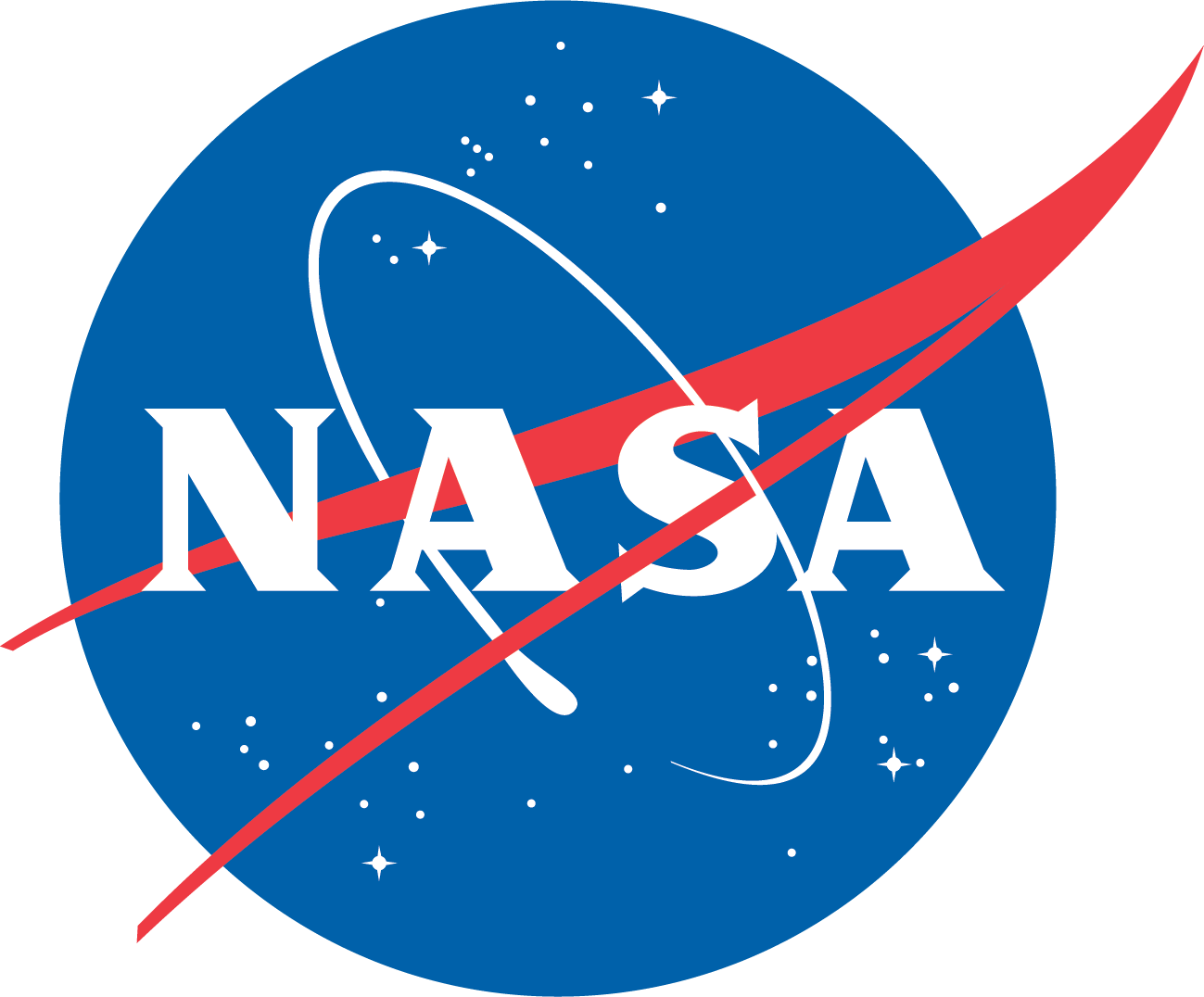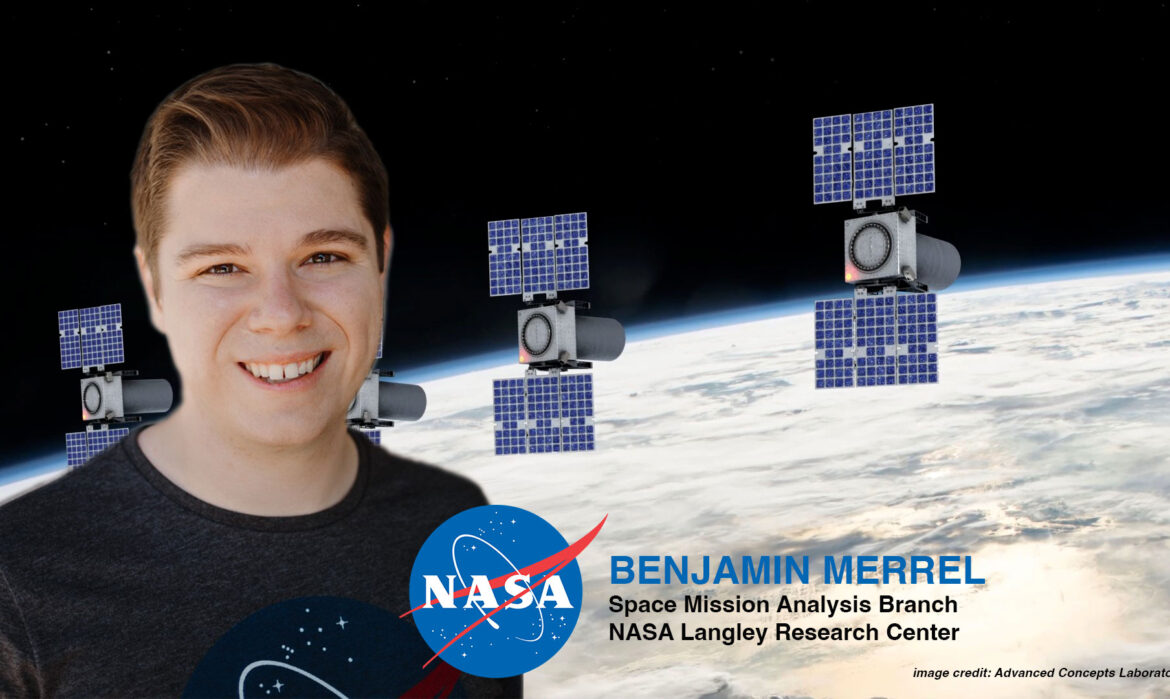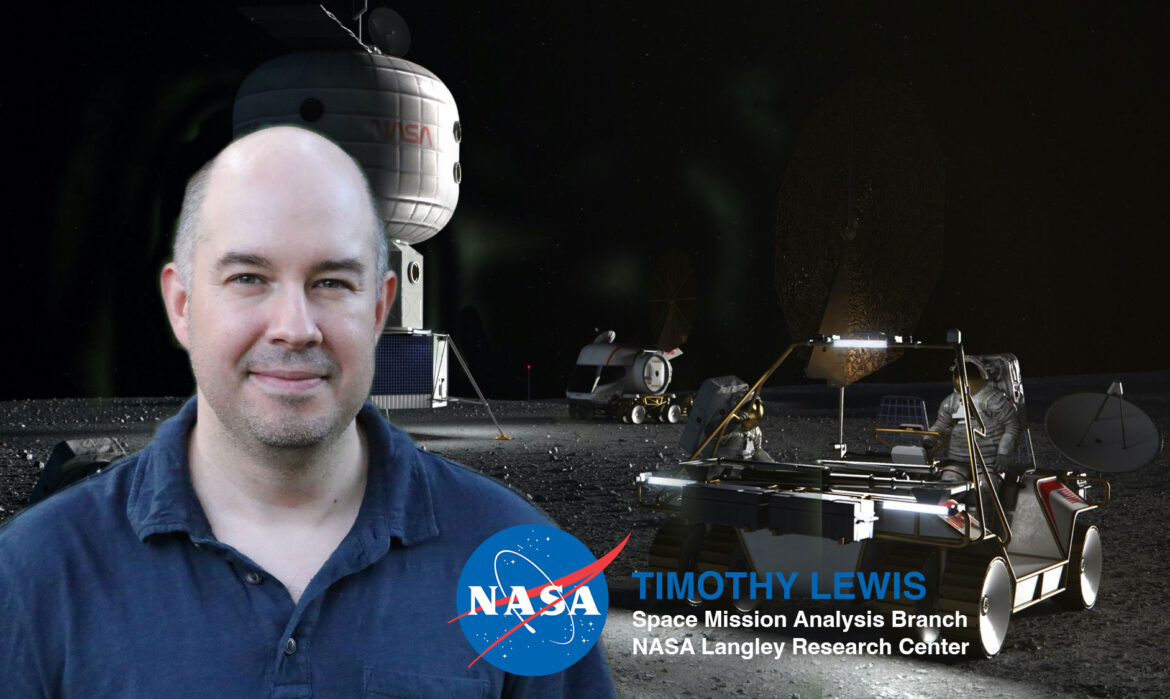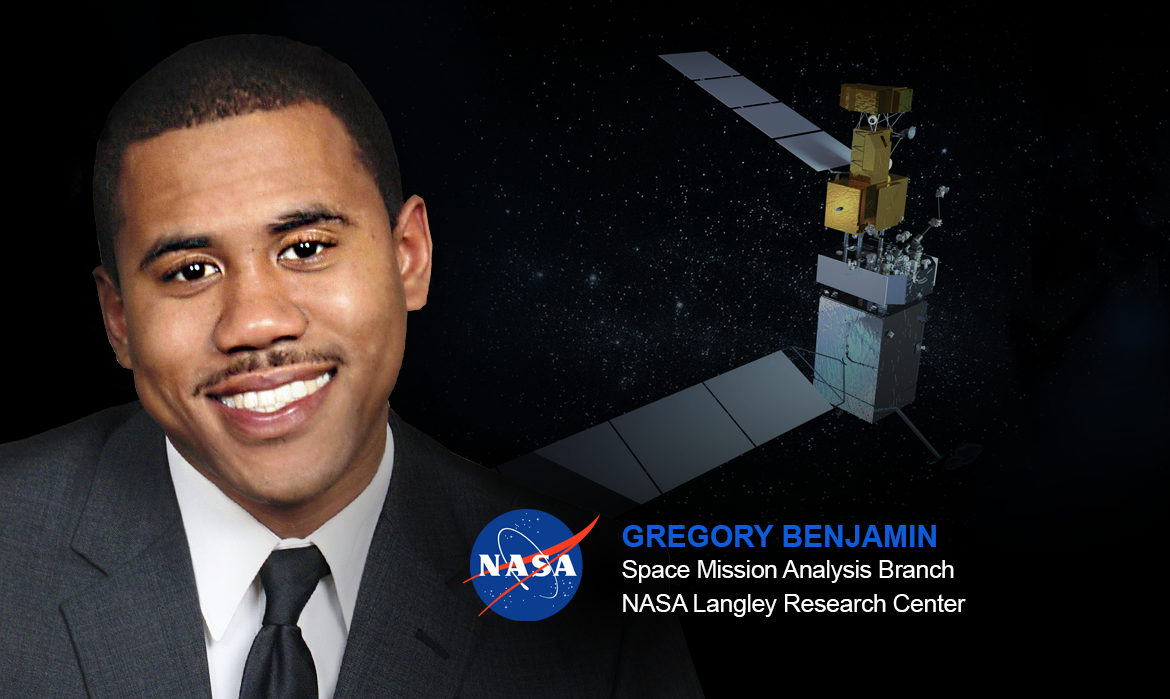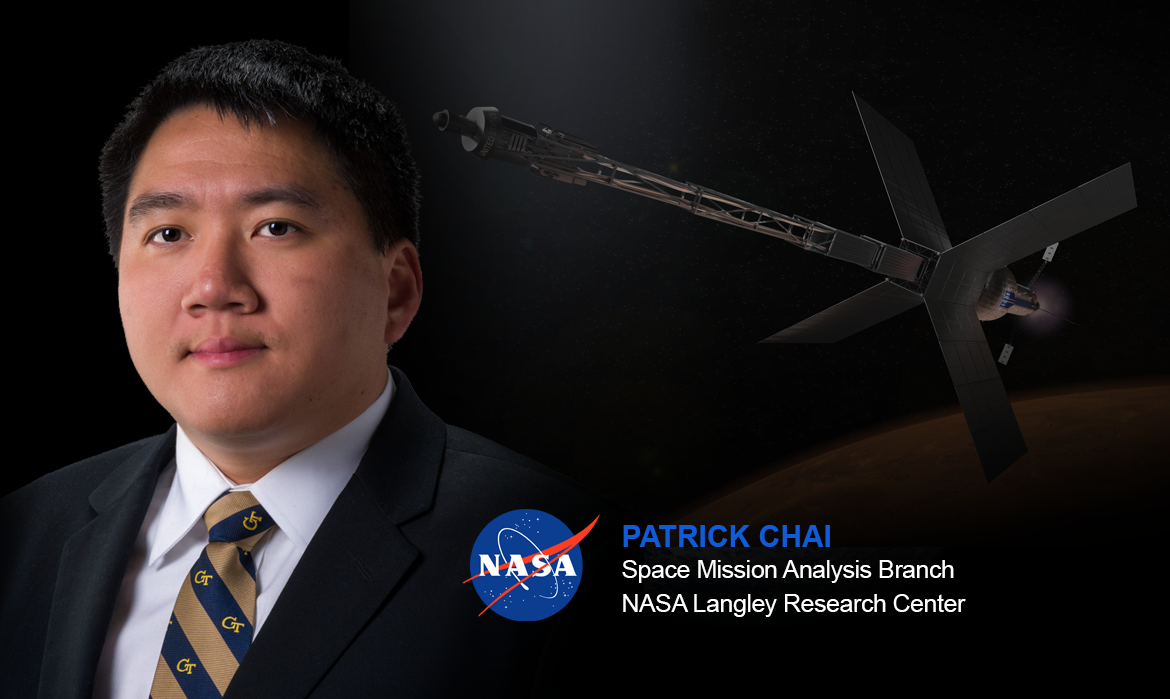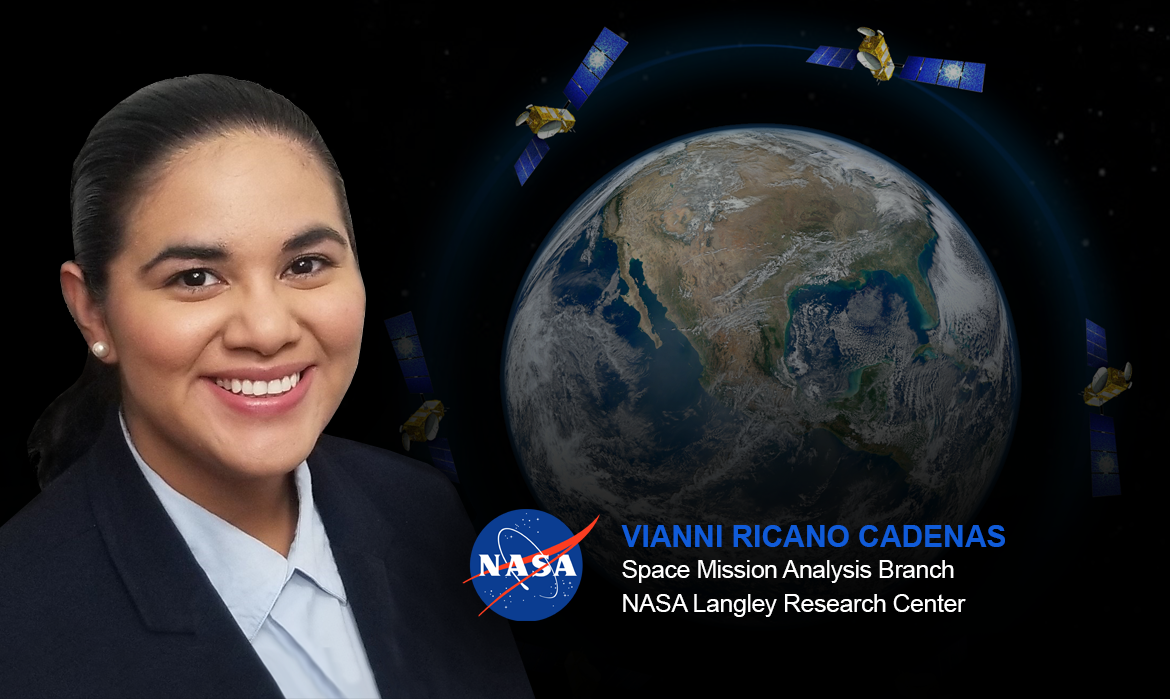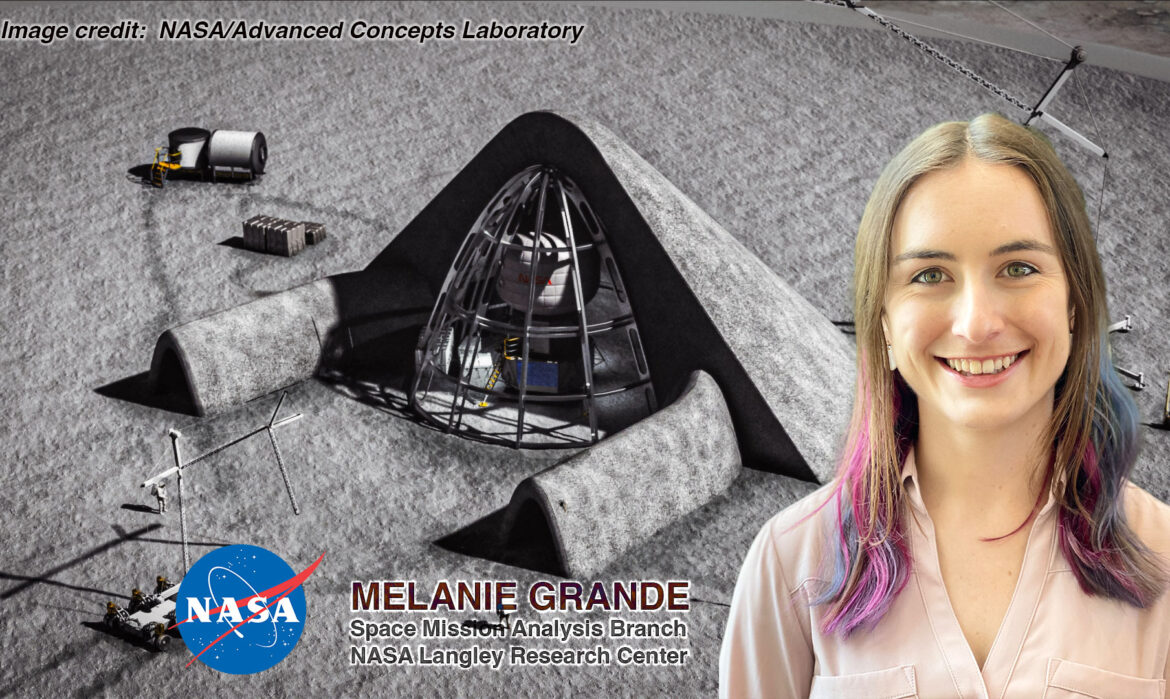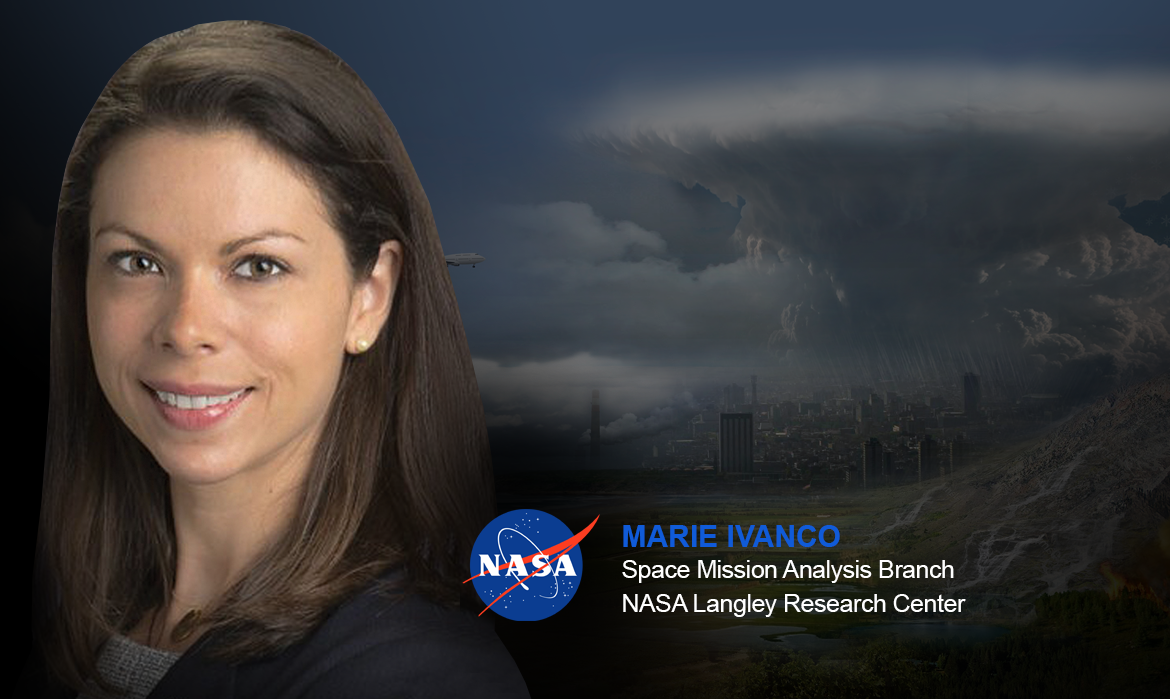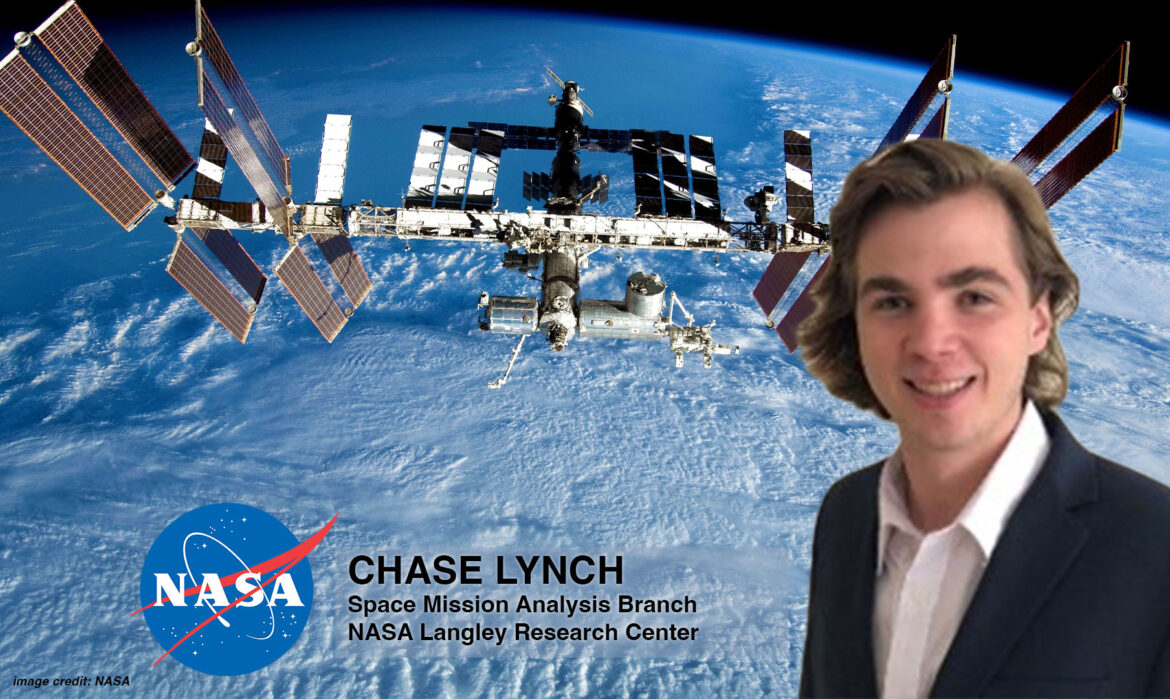Sharing the SACD Story, featuring Audra Davidson
“Ever since I realized I wanted to do science communication, I realized I wanted to do it at NASA; NASA is the gold standard for communicating science and doing it engagingly.” For Audra Davidson, a communications intern in the Systems Analysis and Concepts Directorate (SACD) at the NASA Langley Research Center in Hampton, Virginia, sharing science with the public is her passion.
Davidson advocates for sharing the NASA story, placing special emphasis on the importance of the work that SACD does in concept development and systems analysis. “Science communication is so vital, especially for research that is publicly funded; it’s important that people understand why the research is helpful and how it’s conducted. Because it’s publicly funded, the process should be transparent so the public knows what the findings of the research are and how it will help people in the long run.”
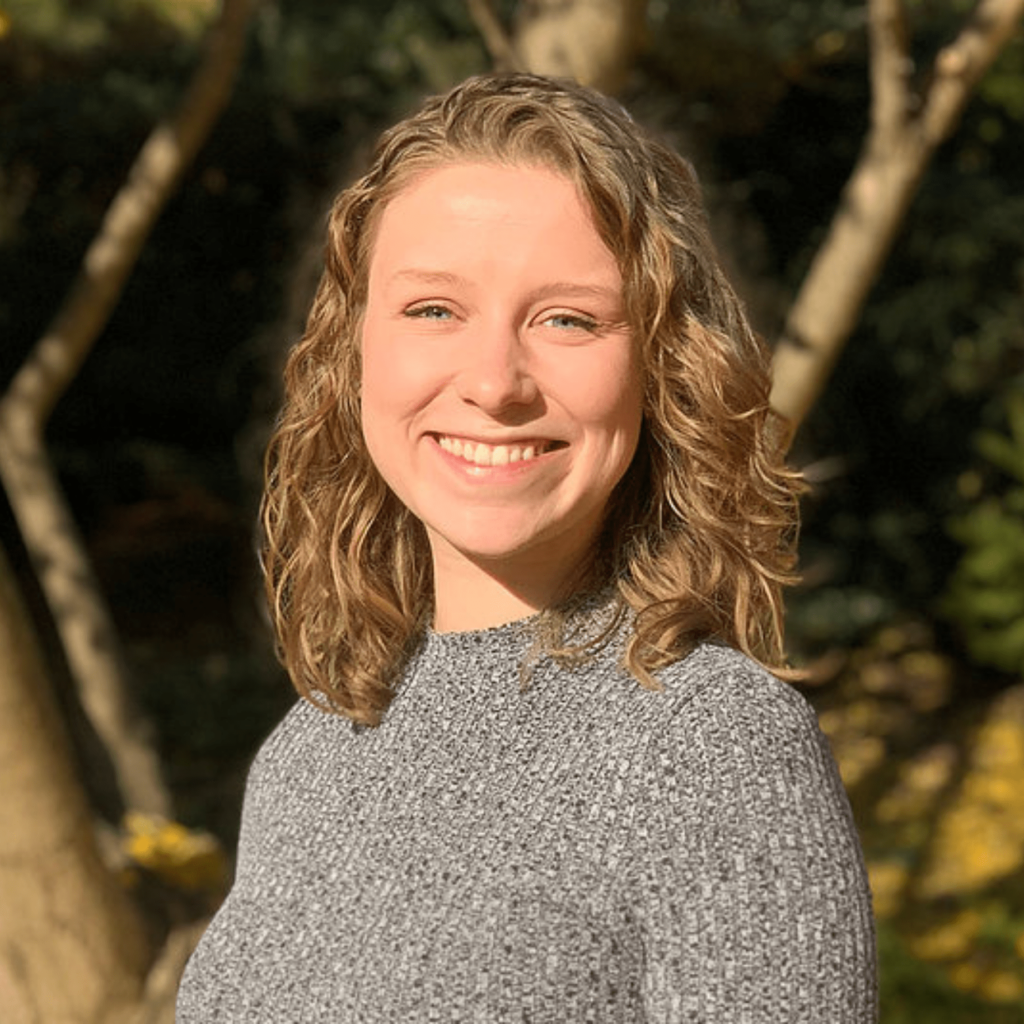
SACD is part of that transparency process. Anything that NASA studies or accomplishes requires years of planning and many resources. One of SACD’s primary objectives is ensuring that critical mission decisions are based on the best concepts and well thought-out systems analysis. “Communicating that step and how important it is will inspire confidence in non-technical audiences that we’re doing the best technically that we can do. That’s what SACD does.”
“Science communication is so vital, especially for research that is publicly funded; it’s important that people understand why the research is helpful and how it’s conducted.”
As with her time spent conducting research in graduate school, Davidson has taught herself many of the skills necessary for success in science communication. This has served as a basis for her to jump into new SACD projects involving graphic design, coding website pages, and developing social media strategies and content. Working with a team of aerospace engineers, Davidson uses her unique experience to introduce new ideas and processes to engage more people with SACD’s work, targeting both public audiences and members of other NASA centers. These abilities include her training in how to read science efficiently and communicate it accurately, how to reach different audiences and address personal biases, and how to visualize abstract concepts. She also embraces her inexperience in aerospace as a tool to help clarify fundamental concepts that NASA engineers might treat as obvious, but that a public audience may not understand. With her key motivation that “no one should feel like they don’t know enough to read about science”, she provides a unique ability to make SACD’s work accessible to the public.
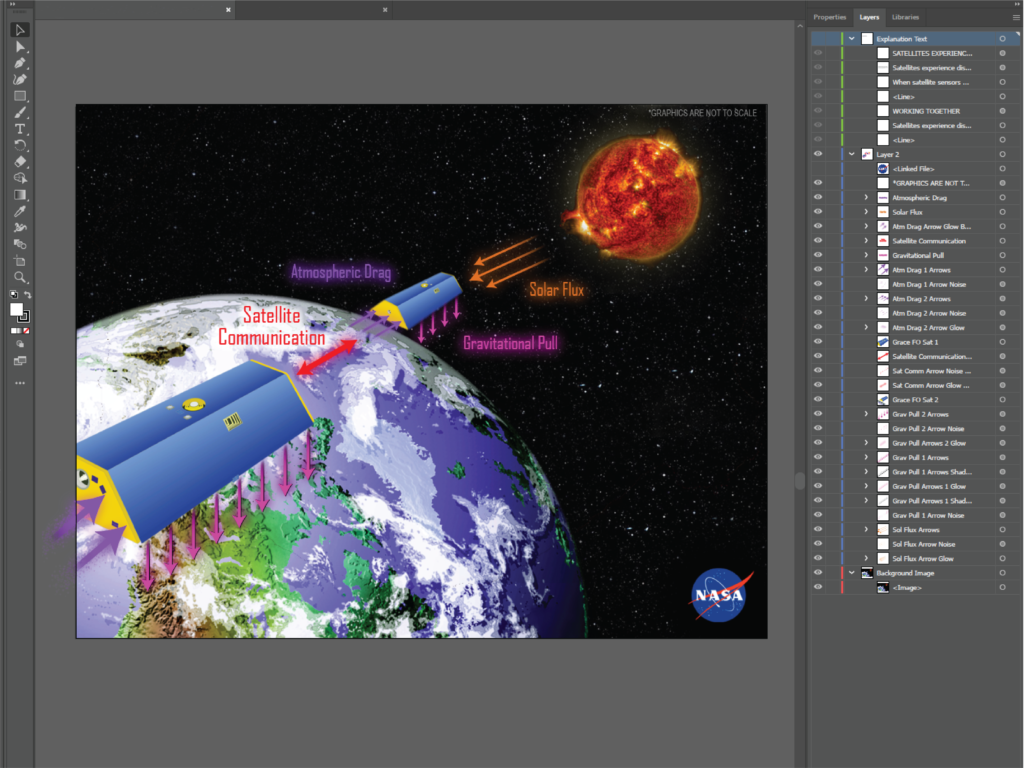

For Davidson, communicating NASA’s work is a synthesis of two passions. While she has always loved writing and connecting with people, it took a little time before she appreciated that math and science consist of “all these little puzzles that have a solution that you just have to look for and find.” Looking for a way to combine her interests in science and working with people, she was drawn to the study of human movement in the fields of kinesiology and physiology, and that led her to seek out opportunities to practice communicating about science to people. As part of her desire to explore a diversity of domains and increase her science communication expertise, she applied to NASA internships and found a great fit with the SACD Communications Team.
Reflecting on her time at NASA and her journey to get here, Davidson’s biggest takeaway is that anyone can be a part of NASA. “I never thought I would be here, but I love science enough and want to communicate it badly enough that I found a way. No one is too stupid or comes from the wrong background or didn’t major in the right thing. You can major in science or talk about science—sometimes you can even talk about it at NASA!”
Author/Contact: Emily Judd
Published: September 2021

